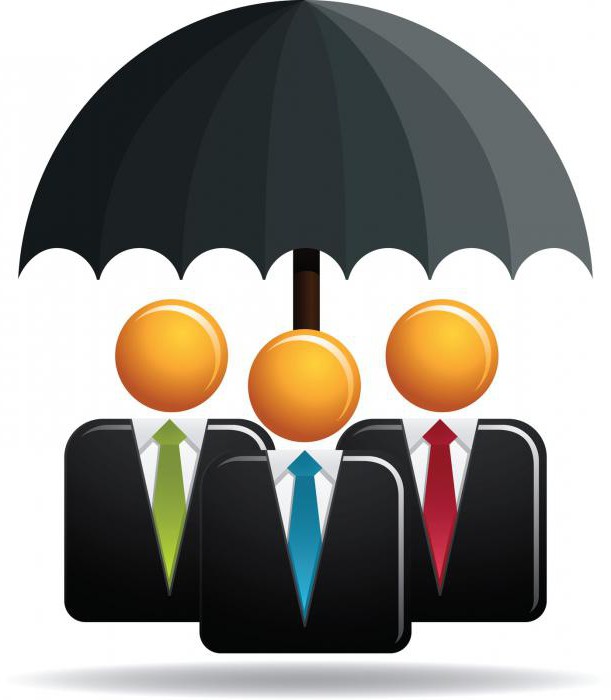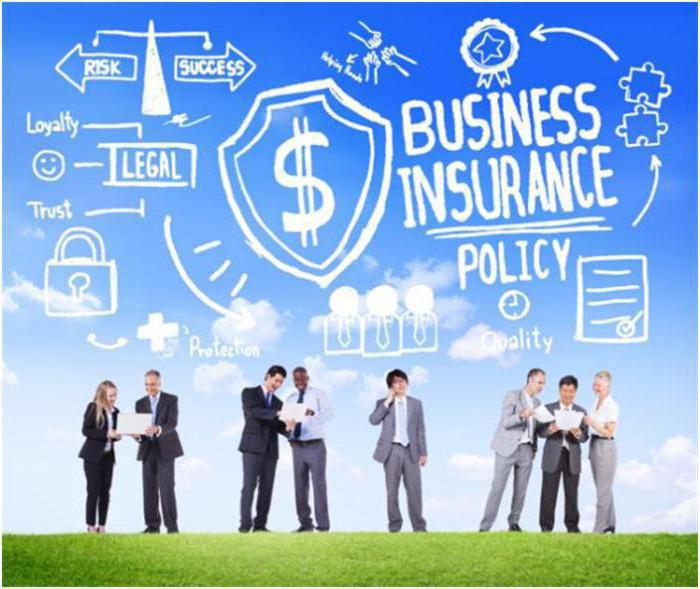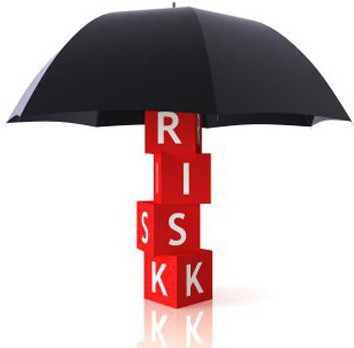Entrepreneurship is extremely risky. About 80% of all established enterprises are closed in the first year of their activity. If you take into account the experience of Western countries, then 50 years after registration, 1-2% of companies are alive. One of the modern ways to increase the life span is business risk insurance. What it is? What are the benefits of using such a tool?
general information
Risks in entrepreneurial activity are constant companions. They are always present due to the uncertainty of the external environment. It has objective political, economic and social conditions in which it is necessary to carry out entrepreneurial activity. Therefore, the company must have a certain degree of fitness. And this despite the fact that the situation depends on a large number of contractors, individuals and simply random events, the behavior and development of which cannot be predicted with acceptable accuracy. Lack of goals, a clear vision of their achievement and performance indicators can further increase the risks in business.
And what to do?
Entrepreneurial risks are the flip side of economic freedom. So to speak, a kind of fee. Since the ability to independently choose a strategy by virtue of personal freedom is market relations, with time the unstable situation only intensifies. To eliminate the uncertainties, such an instrument as entrepreneurial risk insurance was invented. What is he like? Before giving an answer to this question, let's understand the nature of the risks themselves.
What are they like?
Depending on their nature and consequences, risks are divided into the following types:
I. Clean. These include natural, environmental, property, transport, political risks. If they occur, damage to business is inevitable.
II. Production. These include technical, legal and organizational risks.
III. Speculative. These are entrepreneurial, commercial, financial (investment, innovative, tax, exchange, credit). As a result of their occurrence, both losses and super-profits are possible.
Evaluation Methods
Distinguish:
- Statistical methods. Assume the use of mathematical tools based on a sample of data: variance, standard deviation, coefficient of variation.
- Method of expert assessments. It involves the involvement of recognized specialists who get acquainted with the situation and put a certain number of points, based on the arithmetic mean value, then a decision is made about the risk.
- Use of analogues. A database with similar situations is used for evaluation.
- The combined method. Combines two or three previous ones.
Risk Examples
Let's look at them in the global picture, starting in the 90s. Then, with the collapse of the Soviet Union, it seemed that there were no global disasters for mankind, and only prosperity awaited us. But at the end of the second millennium, the world was struck by the dot-com crisis - companies specializing in information technology. For example, the well-known Microsoft company has lost more than half of its value.Many, if not most, companies went broke. In less than ten years, a new crisis erupted.
In 2007-2008, he affected the construction and financial industries. Let's talk about the first case and talk in more detail. The construction industry was developing at a frantic pace, ready-made objects were constantly being surrendered and new construction sites were laid. At the same time, the market was constantly saturated, and prices were rising, and in multiples. After a while, a crisis came and many companies went bankrupt because they could not sell their products.
Given the past times, entrepreneurial risk insurance is very common now. Conditionally, two options can be distinguished here. There are uninsured risks in construction. What does it mean? Under the insured mean those that are predictable. This is the risk of occurrence, and possible damage, and the amount of potential compensation. Uninsured risks are uncontrolled phenomena and events for which no one can be held responsible. In what cases can compensation be expected? When there are random losses, without reference to the place, scale and time, that do not depend on the desire of either side. In addition, they must be expressed in monetary terms.
Entrepreneurial risk
It occurs during the implementation of commercial activities, which is associated with the production of goods and services, their sale, various financial transactions and the implementation of scientific and technical projects. Classifying them is rather difficult due to the variety. There are types of risks, both common to all and specific to certain types of activities. We will not talk about the latter. 
What types of business risk insurance exist? The most popular options for situations to be protected are:
I. Losses as a result of the negative impact of natural disasters (water, fire, hurricanes).
II. Criminal acts.
III. Likely losses due to unfavorable legislation (it provides for the direct recovery of property or the inability to commit this act using legal mechanisms).
IV. Termination due to threats from third parties.
V. Loss of key employees of the company due to their incapacity or death.
Insurance of entrepreneurial risk is most often based on the lack of commercial success or because of a possible technical failure of production. But with certain conditions!
How to minimize negative moments?
It’s impossible to just come and conclude an entrepreneurial risk insurance contract. Initially, it is necessary to provide detailed information about the company. It is checked, and if the documentation is not suspicious, then the preparation proceeds to the next stage of environmental assessment. Here the economic and political situation is of interest.
To assess the situation, standardized methods for assessing entrepreneurial risks are used. This approach allows you to speed up the decision-making process and increase the accuracy of the final data. After all the factors that can be foreseen are assessed, a decision is made on insurance conditions. In this case, all information is collected. Indeed, the lack of data about the client, its partners, competitors, taxation - all this creates potential risks. Any missed moment may lead to the fact that financial risk insurance will result in a significant loss for the company. And this is bad, because the total amount of money that comes as contributions should not exceed the funds that go towards compensation. And the greater the ratio between them in favor of the former will be, the better. Of course, only for the insurer.
Any missed moment may lead to the fact that financial risk insurance will result in a significant loss for the company. And this is bad, because the total amount of money that comes as contributions should not exceed the funds that go towards compensation. And the greater the ratio between them in favor of the former will be, the better. Of course, only for the insurer.
Types of risks
They can be external and internal in origin. Entrepreneurial risk analysis - a thorough study of both groups.The most popular of the external ones are instability of political regimes; unforeseen legislative changes that create obstacles to activities; losses associated with nationalization, war, strike or embargo. All of them do not depend on the entrepreneur and his desires.
Internal risks are in the organization itself. They arise with poor management, erroneous advertising policies, internal abuse. The most common are personnel risks. Most often, there are problems with a professional level or with individual character traits of specific people. More demanded is insurance of financial risks from the first group.
Time classification
In this case, there are permanent and short-term risks. The first include those that threaten the entrepreneur all the time. An example is the destruction of industrial buildings in an area where there is an increased seismic hazard or there is a chance of default in a state with an imperfect legal system, where it will be problematic to get your money. Business risk insurance avoids these negative aspects.
How do companies agree to support the business?
There are many criteria, and finally, let's talk about the most important points. Peculiarities of entrepreneurial risk insurance suggest that the company that provides the activities of a particular organization should be the winner. What have they done for this? The concept of unjustified (unlawful) risk was introduced. What is he like?
To differentiate between categories, agreements are used on circumstances, the boundaries between them and work in various sectors of the economy. Consider a small example. The company “Production” was insured by the company “Reliability” from downtime due to an unstable political situation. If an embargo were introduced, she would receive money in compensation. And this would be a justified (legitimate) risk. But let's say that an earthquake occurred that destroyed the production halls. Since this is not an insured event, then Production will not receive compensation. Also, when applying for support, one more thing must be taken into account. There are uninsured risks. What does it mean? Suppose an insurance company is ready to help in the event of an accident at a hazardous production facility and to compensate all the people who will suffer in danger. But if the situation is created artificially in order to receive money, then most likely no one will receive money. This must also be taken into account.